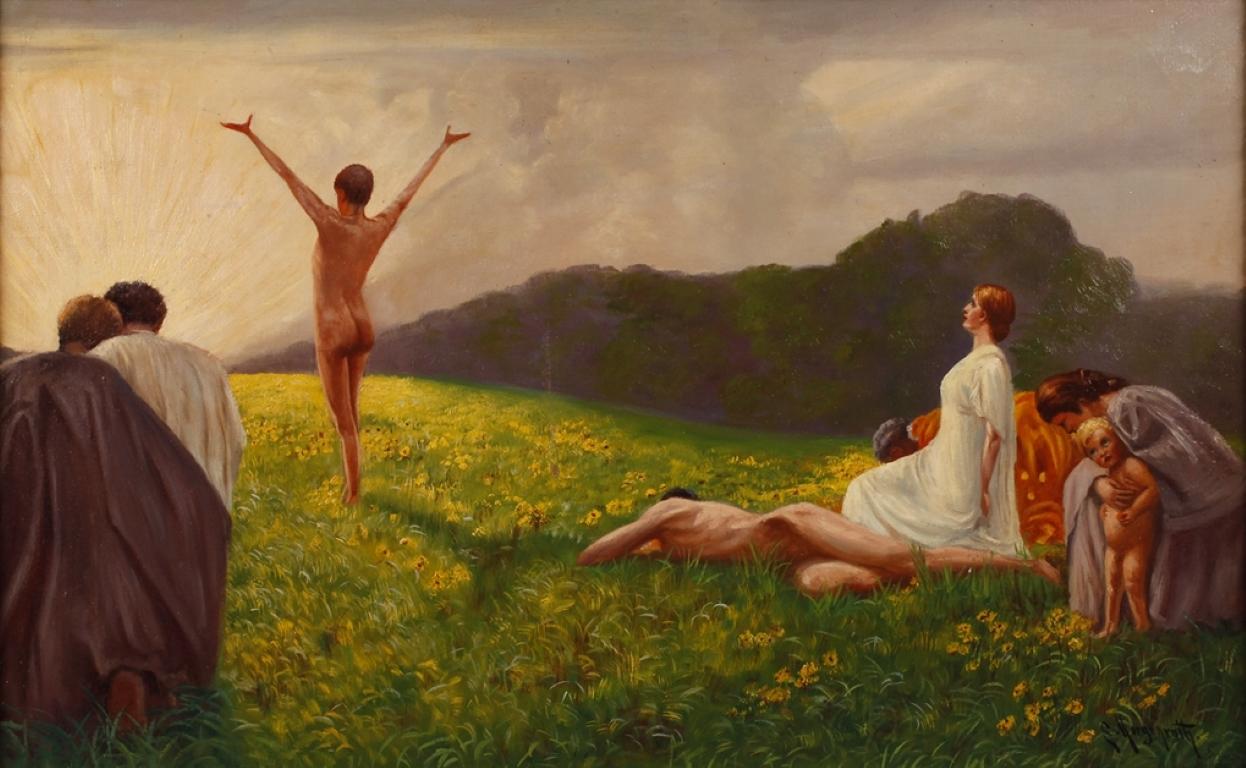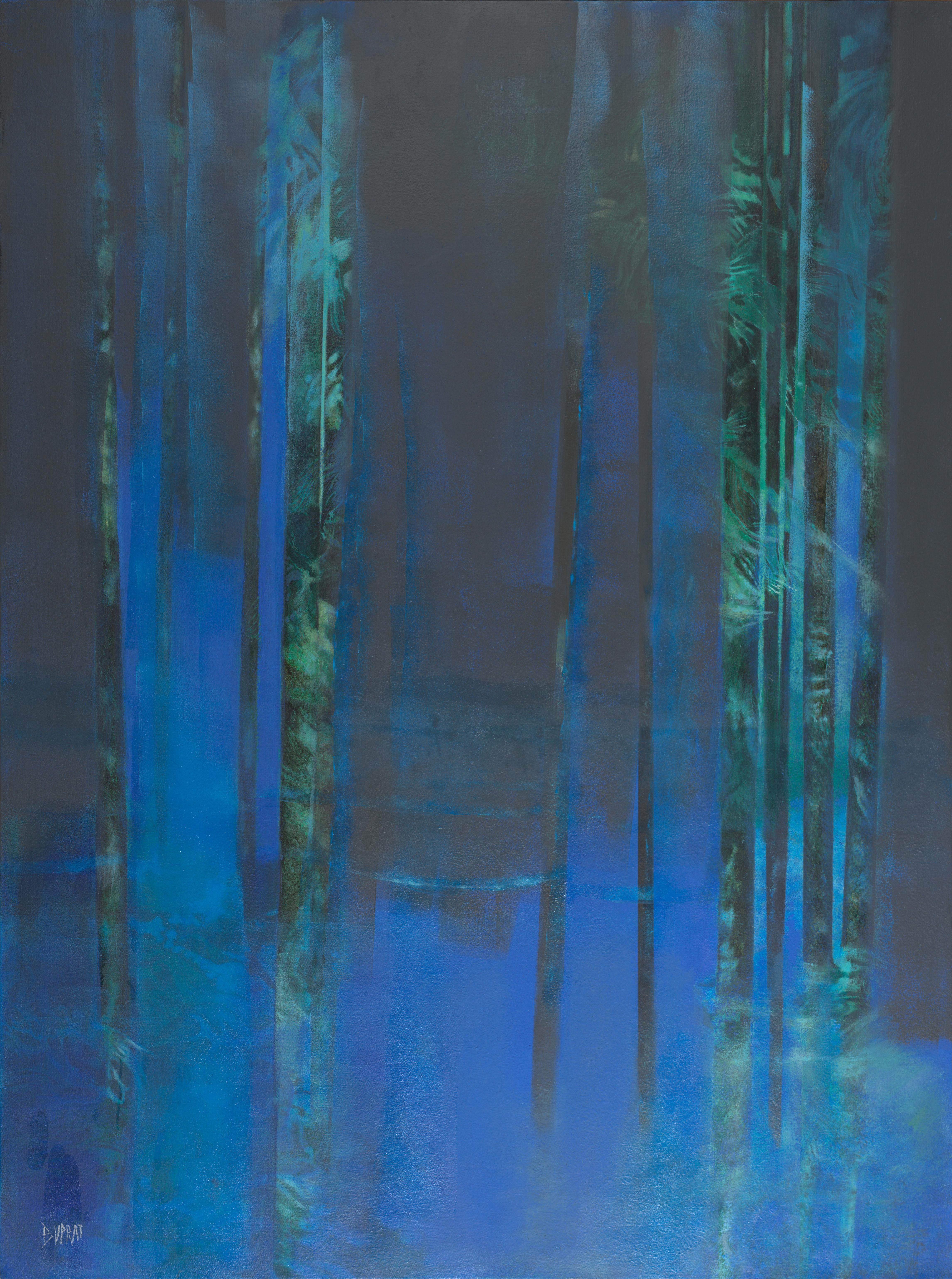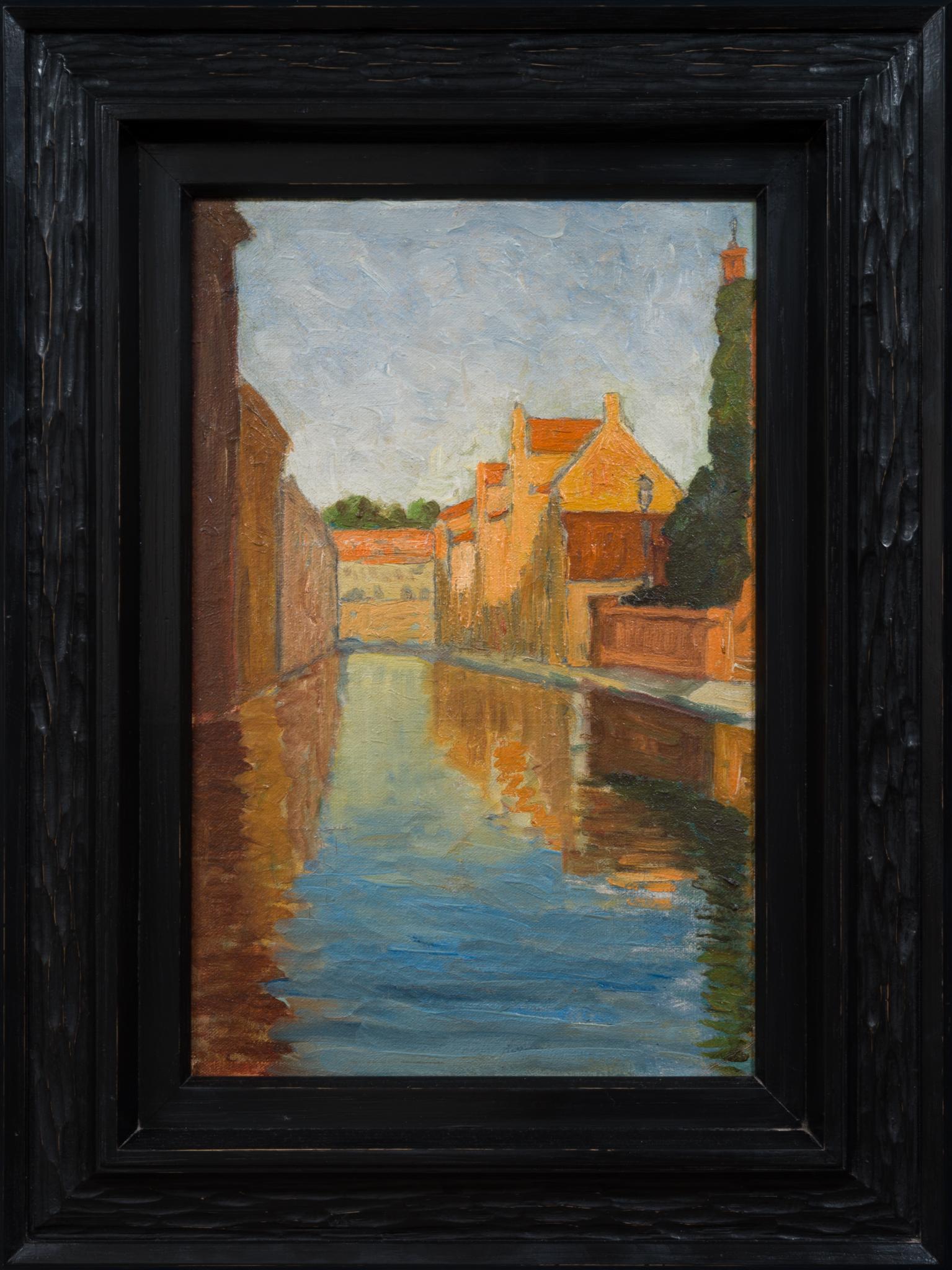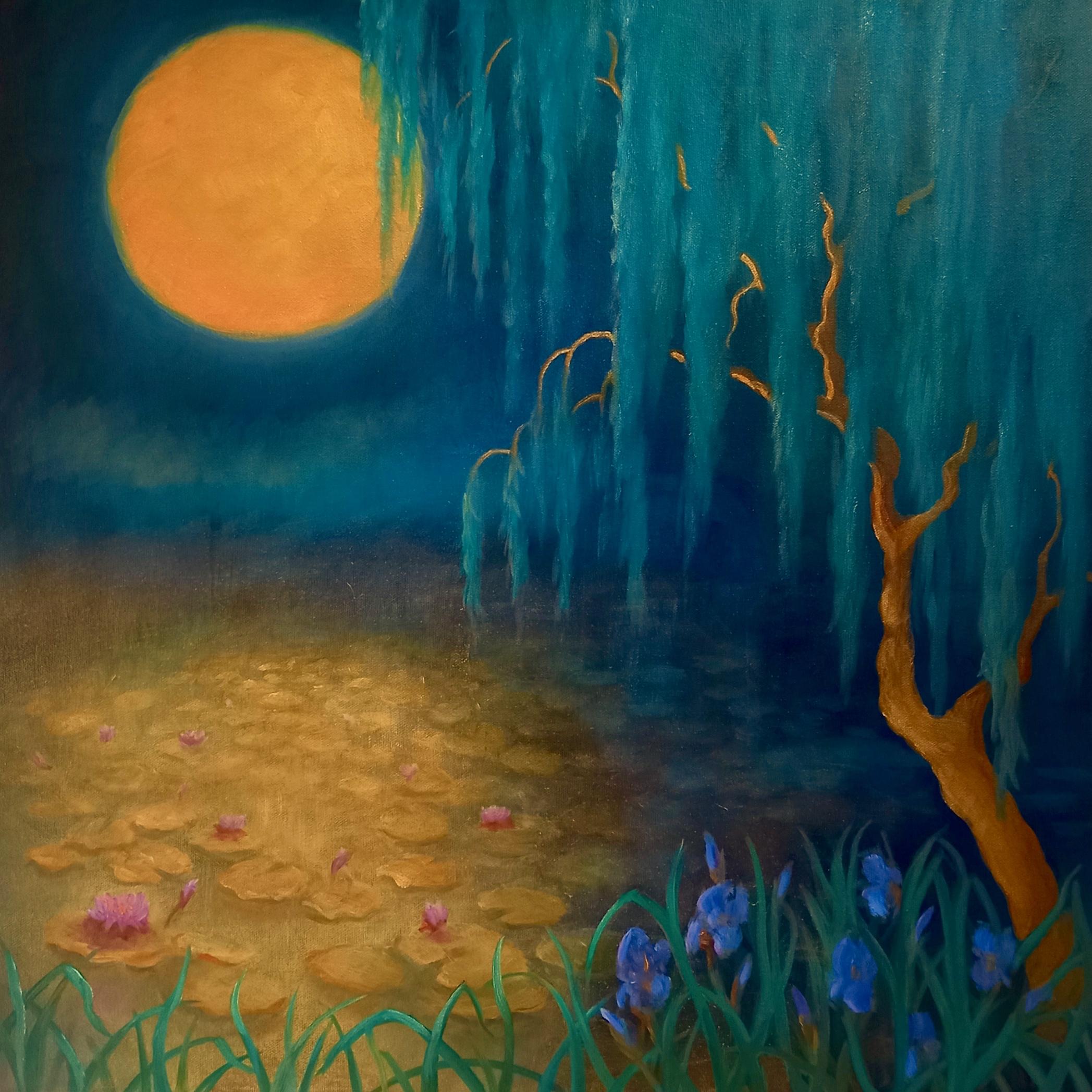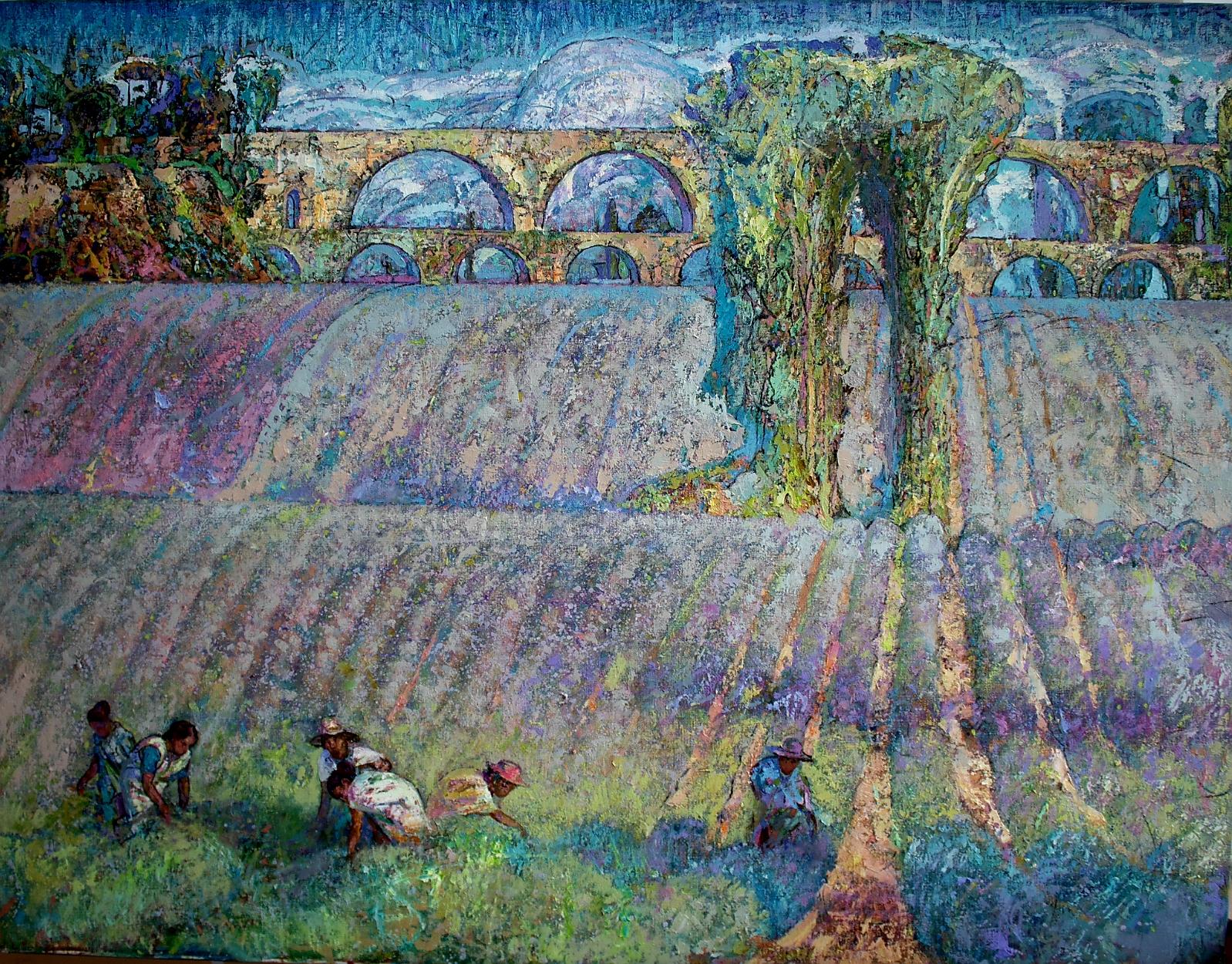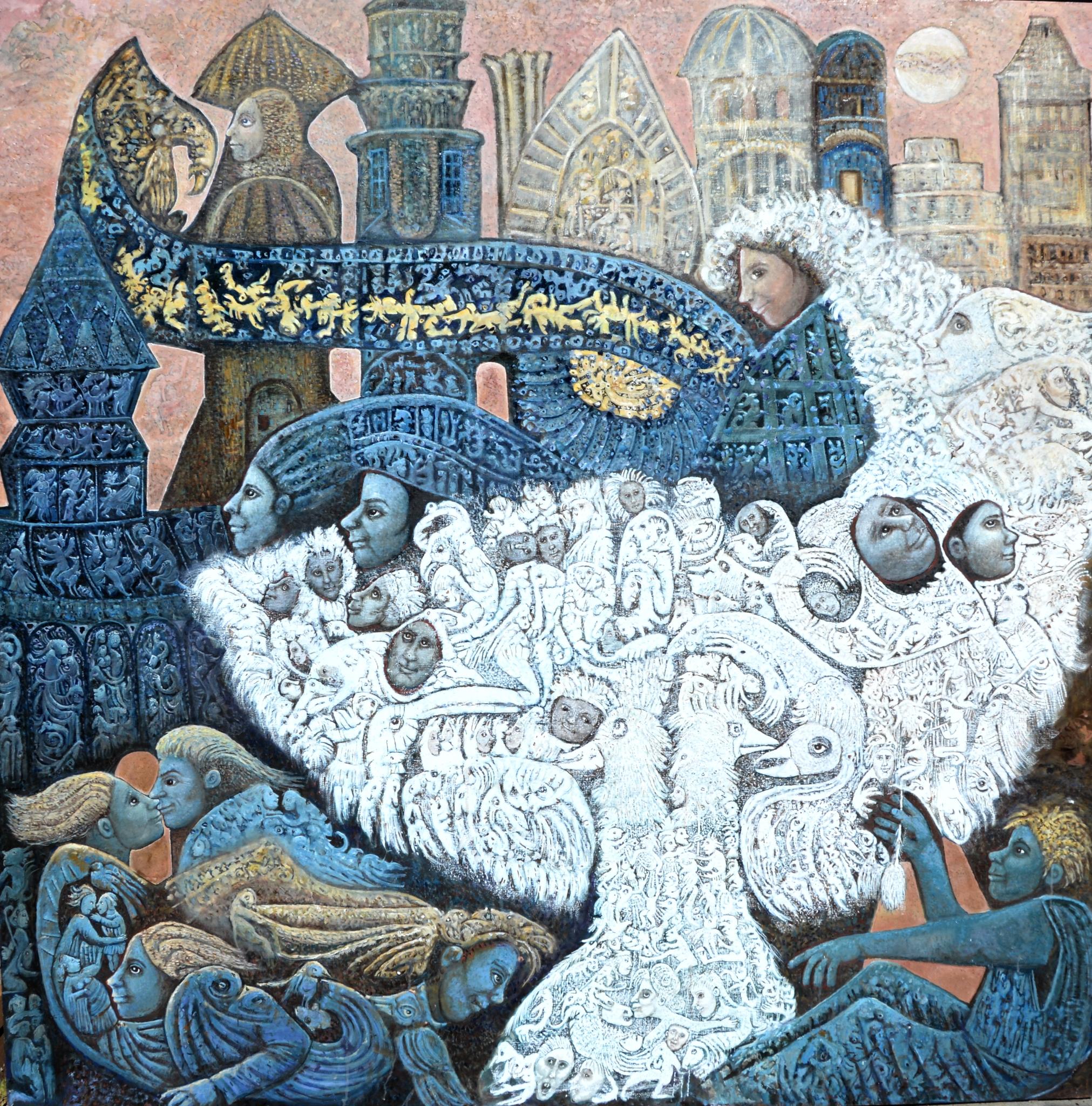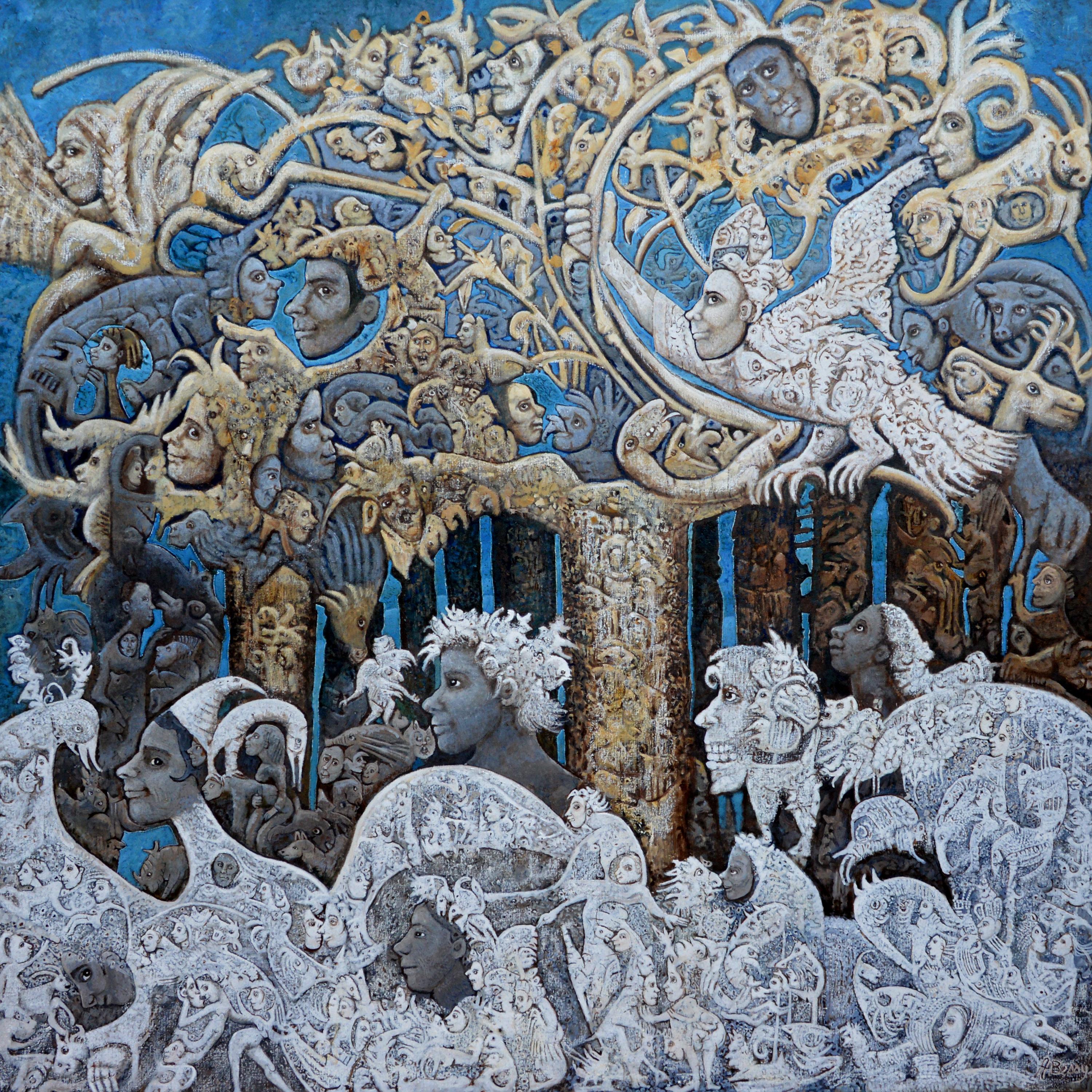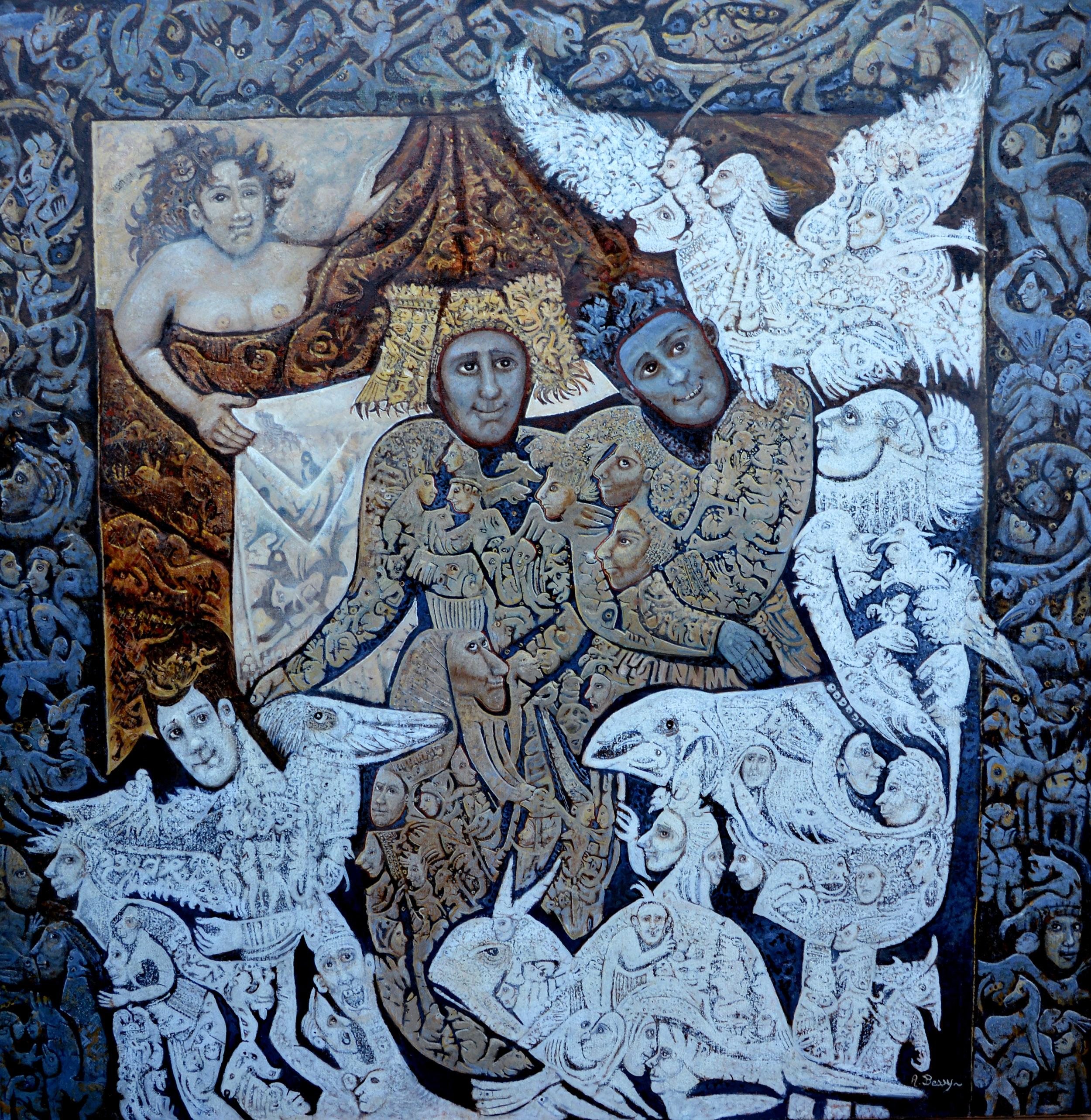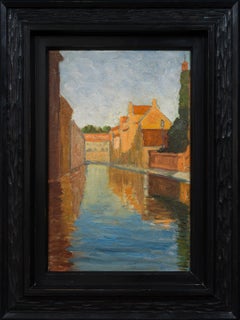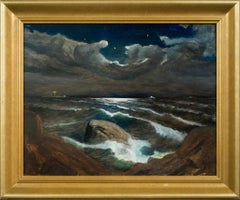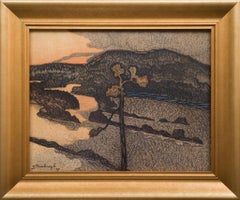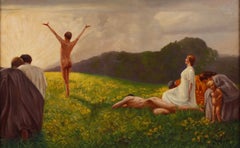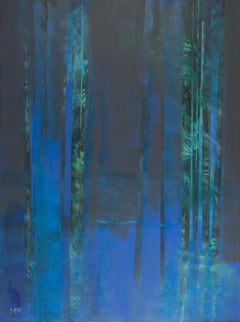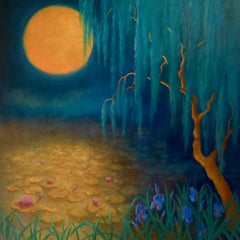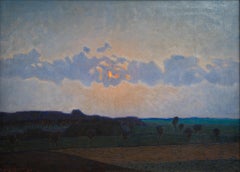
Scandinavian Landscape Painting With a View of Romeleåsen
View Similar Items
Want more images or videos?
Request additional images or videos from the seller
1 of 9
Helge KemnerScandinavian Landscape Painting With a View of Romeleåsen1913
1913
Price:$3,075
$4,185.65List Price
About the Item
- Creator:Helge Kemner (1883 - 1934, Swedish)
- Creation Year:1913
- Dimensions:Height: 25.99 in (66 cm)Width: 35.44 in (90 cm)
- Medium:
- Movement & Style:
- Period:
- Condition:Bright and clear colors. Old varnish. Original frame with old patina and minor flaws.
- Gallery Location:Stockholm, SE
- Reference Number:1stDibs: LU1445214612032
About the Seller
5.0
Platinum Seller
Premium sellers with a 4.7+ rating and 24-hour response times
Established in 2020
1stDibs seller since 2020
192 sales on 1stDibs
Associations
International Confederation of Art and Antique Dealers' Associations
Authenticity Guarantee
In the unlikely event there’s an issue with an item’s authenticity, contact us within 1 year for a full refund. DetailsMoney-Back Guarantee
If your item is not as described, is damaged in transit, or does not arrive, contact us within 7 days for a full refund. Details24-Hour Cancellation
You have a 24-hour grace period in which to reconsider your purchase, with no questions asked.Vetted Professional Sellers
Our world-class sellers must adhere to strict standards for service and quality, maintaining the integrity of our listings.Price-Match Guarantee
If you find that a seller listed the same item for a lower price elsewhere, we’ll match it.Trusted Global Delivery
Our best-in-class carrier network provides specialized shipping options worldwide, including custom delivery.More From This Seller
View AllBruges (Brügge), 1894 by Symbolist Painter Olof Sager-Nelson.
Located in Stockholm, SE
This painting by Olof Sager-Nelson, executed during his time in Bruges in 1894, is a splendid example of symbolism. It depicts a serene canal in Bruges, surrounded by sunlit houses w...
Category
1890s Symbolist Landscape Paintings
Materials
Canvas, Oil
$33,485 Sale Price
20% Off
Free Shipping
Dramatic Storm over Sandhamn, Sweden, 1943
Located in Stockholm, SE
This striking seascape, painted in 1943 by Jacob Löfgren, most likely depicts a view from Sandhamn, a location he frequently captured in his works. Four years earlier, he created ano...
Category
1940s Symbolist Landscape Paintings
Materials
Oil, Board
$4,209 Sale Price
20% Off
Evening Glow by the River, 1917
Located in Stockholm, SE
This evocative pastel painting by Victor Jernbergh, dated 1917, captures the serene and enchanting scene of a river at dusk. The central composition is dominated by a lone pine tree ...
Category
1910s Symbolist Landscape Paintings
Materials
Paper, Pastel
Shepherd with Sheep, Cows and a Goat in a Landscape by Jan Frans Soolmaker
Located in Stockholm, SE
Jan Frans Soolmaker (Flanders 1635‑1685)
Shepherd with Sheep, Cows and a Goat in a Landscape
oil on relined canvas
canvas size 56 x 53 cm
frame i...
Category
17th Century Old Masters Animal Paintings
Materials
Canvas, Oil
$5,830 Sale Price
25% Off
Free Shipping
A Day in the Countryside by Henry John Yeend King
By Henry John Yeend King
Located in Stockholm, SE
This delightful painting by the renowned Victorian genre and landscape artist Henry John Yeend King captures the serene charm of the English countryside. Depicting an idyllic riversi...
Category
Late 19th Century Romantic Landscape Paintings
Materials
Canvas, Oil
Geese in the Marshland, Falsterbo, 1918
By William Gislander
Located in Stockholm, SE
This luminous oil painting by William Gislander captures a tranquil evening scene in the coastal wetlands of Falsterbo, southern Sweden. A group of geese gathers at the edge of a mea...
Category
1910s Romantic Animal Paintings
Materials
Canvas, Oil
$4,634 Sale Price
20% Off
You May Also Like
Large 1930's German Oil Male Nude Standing before Sunrise in Landscape
Located in Cirencester, Gloucestershire
“The Holy Hour”
German School, circa 1930's
signed lower corner
oil painting on canvas, framed
The painting is a copy after the earlier work: THE HOLY HOUR; DIE HEILIGE STUNDE. by LUDWIG FAHRENKROG (1867-1952).
painting: 51cm x 81cm
provenance: private collection, Germany
Fine quality Symbolist oil painting from the 1930...
Category
Early 20th Century Symbolist Nude Paintings
Materials
Canvas, Oil
$1,387 Sale Price
30% Off
"Ô de la nuit", Night Blue Forest Abstract Landscape Oil Painting
By Françoise Duprat
Located in Clermont-Ferrand, Auvergne-Rhône-Alpes
This large artwork figures a bamboo forest in the night.
The artist impasto technique is light, with textured painting and a few small reliefs.
This artwork is not framed.
Françoi...
Category
Late 20th Century Symbolist Figurative Paintings
Materials
Canvas, Oil
Cross - as the unity of the world. 2009, oil on canvas, 83x67 cm
By Vasily Hvatov
Located in Riga, LV
Cross - as the unity of the world. 2009, oil on canvas, 83x67 cm
Category
Early 2000s Symbolist Landscape Paintings
Materials
Canvas, Oil
$1,722 Sale Price
20% Off
Flower Moon, Original Signed Contemporary Magical Realism Symbolist Painting
Located in Boston, MA
Flower Moon, Original Signed Contemporary Magical Realism Symbolist Painting
24" x 24" x 1.5" (HxWxD), Oil on Canvas
A square format painting, this vibrant work by artist Lee Campbell...
Category
21st Century and Contemporary Symbolist Paintings
Materials
Canvas, Oil
Fantasy : Spider on the City - Original Oil on Canvas, Handsigned
Located in Paris, IDF
Bernard LOUEDIN
Fantasy : Spider on the City, 1970
Original Oil on Canvas
Handsigned and dated in the lower right corner
On canvas 54 x 81 cm (c 22 x ...
Category
Late 20th Century Symbolist Landscape Paintings
Materials
Canvas, Oil
Seascape : As Light as a Feather - Original Oil on Canvas, Handsigned
Located in Paris, IDF
Bernard LOUEDIN
Seascape : As Light as a Feather, 1978
Original Oil on Canvas
Handsigned and dated in the lower left corner
On canvas 46 x 61 cm (c. 1...
Category
Late 20th Century Symbolist Landscape Paintings
Materials
Canvas, Oil
Recently Viewed
View AllMore Ways To Browse
J Jones
Seascapes Vintage
Vintage Hunting Painting
Carmel By The Sea Painting
Paintings Of Cotswold
Paintings Of The Prairie
Paris Cityscapes Oil Paintings
Victorian Painting Children
19th Century Hudson River School Paintings
Covered Bridge Paintings
Devon Oil Paintings
Donald Streeter
Jean Hill
Michigan Impressionist
Antique Cow Paintings
Blue Cow
Harris Oil
New England Coastal Art
